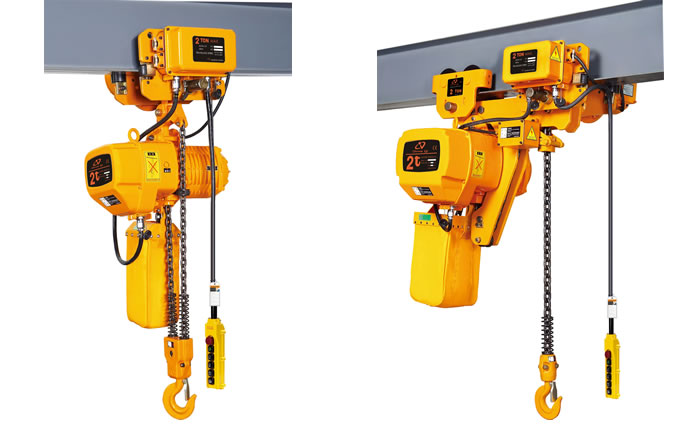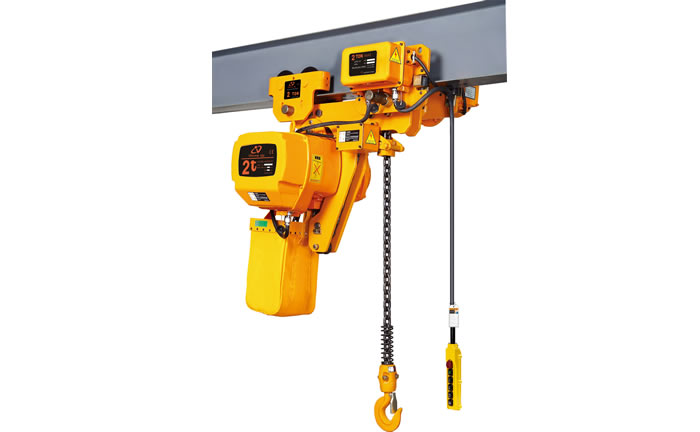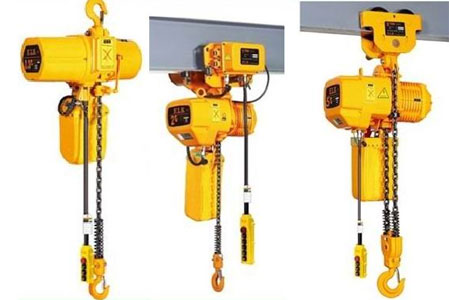Projects
Different Types of Electric Hoist Price
Lifting Capacity: 0.25~80 ton
Span: m
Lifting Height: 3~50 m
Working Class: A3, A4, A5
Note: We can design and manufacture the crane according your requirments and working conditions.
Electric Hoist Price and Types:
The electric hoist price can vary widely depending on several factors, including the hoist's capacity, brand, quality, and where you purchase it. In general, electric hoist price can range from a few hundred dollars to several thousand dollars. Here are some approximate electric hoist price ranges based on hoist capacity:
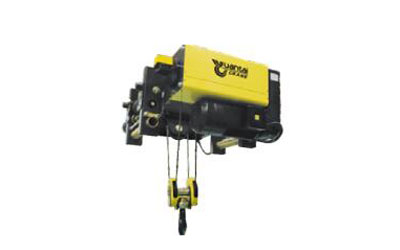
European-spec electric hoist price
European-spec electric hoist are known for their quality and safety features. European-spec electric hoist price can range from $1,000 to $5,000 or more.
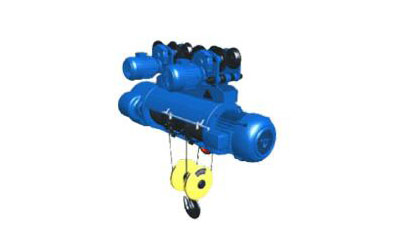
Single speed wire rope electric hoist price
Single-speed wire rope electric hoist typically single speed wire rope electric hoist cost between $500 and $3,000.
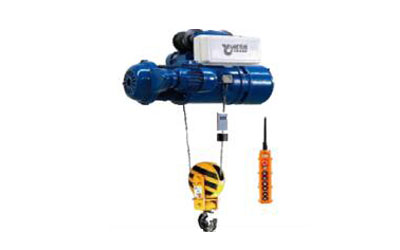
Double Speed Wire Rope Electric Hoist Price
Double-speed wire rope electric hoist price higher than single-speed models and double speed wire rope electric hoist price from $1,000 to $5,000 or more.
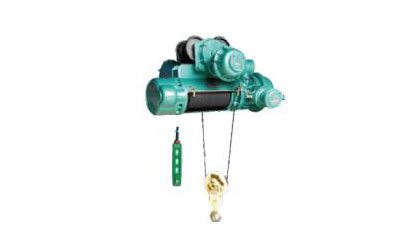
Explosion-proof electric hoist price
Explosion-proof electric hoist are designed for hazardous environments and safety. Explosion-proof electric hoist price can vary significantly but generally range from $2,000 to $10,000 or more.
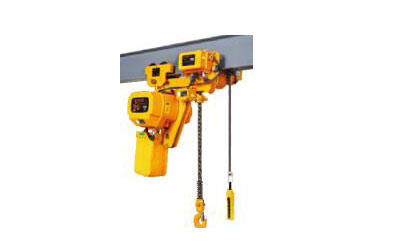
Electric chain hoist price
Electric chain hoist are often more affordable than wire rope hoist. Electric chain hoist price typically range from $300 to $2,000 or more.
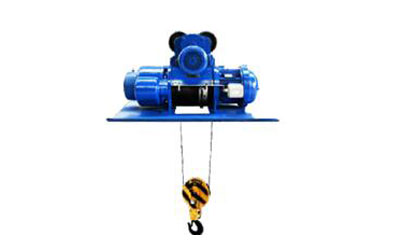
Metallurgical electric hoist price
Metallurgical hoist are designed for heavy-duty applications. Metallurgical electric hoist price can range from $2,000 to $10,000 or more.
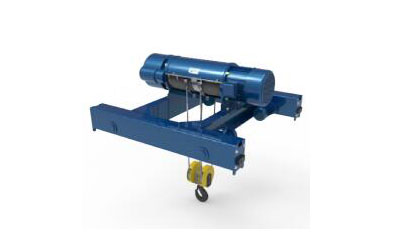
Traditional Electric Hoist Trolley price
Traditional electric hoist trolleys are often more affordable, with traditional electric hoist trolley price ranging from $300 to $1,500 or more.
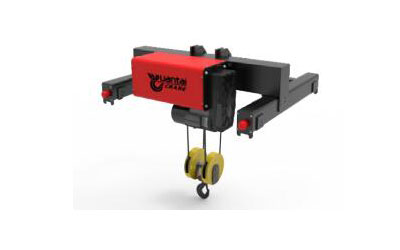
European-spec Electric Hoist Trolley price
European-spec electric hoist trolleys are known for their quality and safety features and European-spec electric hoist trolleys price from $1,000 to $5,000 or more.
Electric Hoist Trolley Prices: Traditional vs. European-Spec:
When comparing traditional electric hoist trolleys to European-spec (CE certified) hoist trolleys, you may find some differences in price due to the following factors:
- Certification and Standards: European-spec electric hoist trolleys are typically required to meet the CE (Conformité Européene) certification and adhere to European safety and quality standards. This often involves rigorous testing and compliance with specific safety requirements. These additional certifications and adherence to European standards may lead to a slightly higher electric hoist cost compared to non-certified traditional hoists.
- Quality and Durability: European-spec hoists are often built to higher quality and durability standards, which can result in a longer lifespan and reduced maintenance costs over time. The use of better materials and manufacturing processes can contribute to a higher upfront electric hoist cost.
- Capacity and Features: The lifting capacity, features, and specifications of the electric hoist trolley can also affect the price. Hoists with higher weight capacities, additional features like variable speed control, and wireless remote controls tend to be more expensive.
- Supplier and Reseller: Where you purchase the hoist trolley can also influence the price. Buying directly from the manufacturer may be more cost-effective than purchasing through a reseller or distributor who adds their markup.
To get an accurate price comparison between traditional and European-spec electric hoist trolleys, it's essential to consider your specific requirements, such as capacity, safety standards, and any unique features you need. European-spec hoists may have a higher electric hoist cost, they often provide increased safety and quality assurance, making them a preferred choice in many industrial and commercial applications.
Single Speed vs. Double Speed Electric Hoist: Price and Performance:
Single-speed and double-speed electric hoist are two common types of hoisting equipment used for lifting and moving heavy loads. The choice between these two options depends on your specific needs and requirements, and there are differences in both electric hoist price and performance to consider:
Single-Speed Electric Hoist:
- Price: Single-speed electric hoist price are typically more affordable compared to double-speed hoists. They have a simpler design and fewer components, which generally results in a lower upfront electric hoist cost.
- Performance: Single-speed hoists have a fixed lifting speed, which can be either a constant low or high speed. This limits their versatility in terms of handling loads at different speeds. They are suitable for applications where a consistent lifting speed is sufficient.
Double-Speed Electric Hoist:
- Price: Double-speed electric hoist price tend to be more expensive than their single-speed counterparts. This is because they are equipped with additional components, such as a two-speed motor and gearbox, to allow for variable lifting speeds.
- Performance: Double-speed hoists offer more flexibility in lifting operations. They typically have two lifting speeds: a higher speed for light loads and a slower speed for heavier loads. This makes them suitable for applications where precise control over lifting speed is required. They can also be more efficient in handling loads of varying weights.
When choosing between single-speed and double-speed electric hoist, consider the specific demands of your lifting tasks:
- If you have relatively consistent load weights and do not require precise speed control, a single-speed hoist may be a cost-effective choice.
- If your lifting tasks involve a range of load weights and require precise control over lifting speed, a double-speed hoist may be a better fit despite the higher upfront cost. It can provide improved performance and safety when handling varying loads.
Electric hoist Cost: Price Factors and Budgeting
Electric hoist cost can vary significantly based on several factors. When budgeting for an electric hoist, it's essential to consider the following electric hoist price factors:- Type of Electric Hoist: The type of electric hoist you choose will significantly impact the electric hoist cost. Wire rope hoist, chain hoist, cable hoist, and specialty hoist like explosion-proof or metallurgical hoist have different price points.
- Load Capacity: Electric hoist are available in a range of load capacities. The higher the load capacity, the more expensive the hoist. Consider the maximum weight you need to lift when choosing the load capacity.
- Lift Height: The lift height, or the vertical distance the hoist can raise or lower a load, affects electric hoist cost. Longer lift heights typically come at a higher electric hoist price.
- Duty Cycle: The hoist's duty cycle, which indicates how frequently it can be used, impacts electric hoist cost. A hoist designed for continuous use will be more expensive than one intended for intermittent use.
- Speed and Control Options: Electric hoist with variable speeds, precise control options, or advanced features may cost more than basic hoist with single-speed controls.
- Trolley System: If your application requires horizontal movement, you'll need to consider the cost of a trolley system. Electric trolleys or integrated trolley hoist are typically more expensive.
- Quality: High-quality hoist may come at a higher initial cost, but they often offer greater reliability and durability, potentially reducing long-term maintenance expenses.
- Power Supply: The availability of the required power supply can affect installation costs. Modifying or upgrading electrical systems may increase expenses.
- Additional Features: Some electric hoist come with extra features like wireless remote controls, overload protection, and advanced safety systems, which can add to the electric hoist cost.
- Environmental Requirements: hoist designed for specific environmental conditions, such as explosion-proof or metallurgical hoist, may electric hoist cost more due to specialized engineering and materials.
To budget for an electric hoist, it's crucial to balance your specific lifting requirements with your budget constraints. Consider both the initial purchase cost and the total cost of ownership over the hoist's lifespan, which includes maintenance, spare parts, and potential energy costs.
It's also advisable to obtain multiple quotes, compare different hoist models, and consult with suppliers or manufacturers - Dongqi Crane to ensure that you get the best value for your investment while meeting your lifting needs safely and efficiently.
Understanding the Key Components of Electric Hoist:
Electric hoist consist of several key components that work together to lift and lower loads safely and efficiently. Understanding these components is essential for proper operation and maintenance. Here are the key components of electric hoist:- Hoist Motor: The hoist motor is the primary power source of the hoist. It drives the mechanism responsible for raising and lowering the load. The motor can be electric, typically single-phase or three-phase, and it provides the necessary power to operate the hoist.
- Hoist Mechanism: The hoist mechanism includes the gears, drums, and pulleys responsible for winding or unwinding the lifting medium (e.g., wire rope, chain, or cable). This mechanism converts the rotational motion of the motor into vertical movement of the load.
- Lifting Medium: The lifting medium is the material used to attach the load to the hoist mechanism. Common lifting media include wire ropes, chains, and cables. The choice of lifting medium depends on the hoist type and the specific application.
- Drum or Drum Wheel: The drum or drum wheel is a cylindrical component around which the lifting medium (e.g., wire rope or chain) is wound. It is connected to the hoist motor and is responsible for the controlled movement of the load.
- Hook or Lifting Attachment: The hook or lifting attachment is the component that connects to the load being lifted. It may include a hook, clevis, or other attachment point designed to secure the load safely. The attachment should match the type of load and its shape.
- Brake System: Electric hoist are equipped with brake systems to stop the movement of the load and prevent it from dropping when the motor is not running. These can include mechanical brakes, electromagnetic brakes, or other brake types, depending on the hoist model.
- Limit Switches: Limit switches are safety devices that set limits on the travel of the load. They can be both upper and lower limit switches, which automatically stop the hoist when the load reaches a specified height. This prevents over-travel and overload.
- Control System: The control system includes the devices used to operate the hoist. These can be pendant controls, remote controls, control panels, or joystick controls. The control system allows operators to raise, lower, and control the movements of the hoist.
- Frame and Housing: The frame or housing of the hoist provides structural support for all the internal components. It should be designed to handle the load capacity and withstand the forces generated during lifting operations.
- Gearbox: The gearbox is responsible for transmitting power from the motor to the hoist mechanism. It contains gears and reducers to control speed and torque.
- Electrical Components: Various electrical components are integrated into the hoist, including wiring, switches, relays, and circuitry for safety features and control functions.
- Safety Features: Electric hoist are equipped with safety features such as emergency stop buttons, overload protection, and thermal protection to ensure safe operation.
- Trolley System (Optional): In cases where horizontal movement is required, electric hoist can be equipped with trolley systems. These systems allow the hoist to move horizontally along beams or tracks.
